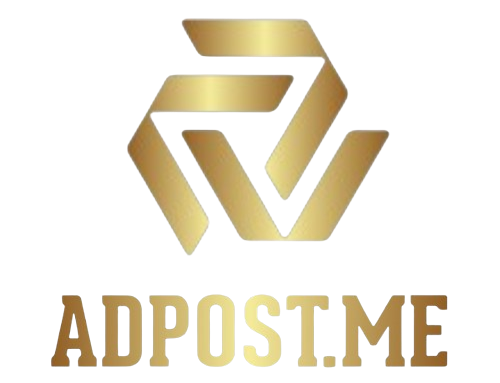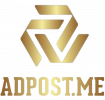The most popular containerization platform is Docker. Learn everything there is to know about it, including its purpose, how it operates, and which courses are available to educate you on how to use it. Application development and execution are increasingly using microservices and containers. This type of development is referred to as “cloud-native.” In this context, Docker has become a massively exploited solution in the business sector.
What is a container?
Before discovering Docker, you have to understand what a container is. It is a lightweight execution environment and an alternative to traditional virtualization methods based on virtual machines. One of the critical practices in modern software development is to isolate applications installed on the same server or cluster. However, running applications requires exploiting packages, libraries, and other computing components. Virtual machines have been used for a long time to exploit these resources while isolating an application.
These allow applications to be separated from each other on the same system, which reduces conflicts between computing components and competition for resources. However, an alternative has emerged now: containers. A virtual machine is like a complete operating system, with several gigabytes, allowing partitioning of infrastructure resources. A container provides only the resources that an application needs. The container shares the core of its operating system with other containers.
What is Docker?
The 2013 debut of the container platform Docker has substantially contributed to the democratization of containerization. Docker in docker kubernetes performance makes it easy to create containers and container-based applications.
It is an open-source, secure, and affordable solution. Many people and companies contribute to the development of this project. This broad community is developing a large ecosystem of products, services, and resources. Because of a Linux virtualization layer between the Docker runtime and the Windows or macOS operating system, Docker—which was first created for Linux—can now support containers on Windows or Mac. Consequently, native Windows containers may be used in Linux or Windows container systems.
What are the different elements of Docker?
The Docker in docker kubernetes performance platform is based on several technologies and components. These are the main elements.
Docker Engine
The Docker Engine is the application installed on the machine to create, run, and manage Docker containers. This engine is what groups and links the different components. There is a distinction between Docker Engine Enterprise and Docker Engine Community. The Docker Community Edition is the original version, offered in open source for free.
The Enterprise version, released in 2017, adds management features such as cluster monitoring, image management, and vulnerability detection. It is priced at $1,500 per year per node.
Docker Daemon
To control different parts of the installation, including images, containers, or storage volumes, the Docker Daemon handles API calls.
DockerClient
The main interface for interacting with the Docker system is the Docker client. Receives commands through the command line interface and forwards them to the Docker Daemon.
Dockerfile
Every Docker container starts with a “Dockerfile”. This is a text file written with understandable syntax and containing instructions for creating a Docker image.
A Dockerfile specifies which operating system will be used as the base for the container, as well as the languages, environment variables, file locations, network ports, and other components required.
Docker Images
A Docker image is a “read-only” model used to create Docker containers. It comprises several layers that group all the facilities, dependencies, libraries, processes, and application code required for a fully operational container environment.
Once the Dockerfile is written, the build utility creates an image based on this file. This image is presented as a removable file that indicates what software components the container will run and how it will do so.
Docker Containers
A Docker container or Docker Container is a Docker image instance that runs on an individual microservice or an entire application stack. An elastic layer is added to the image when a container is launched. This is used to store any changes made to the container during runtime.
Docker Registry
The Docker registry is a cataloging system that allows hosting and push and pull of Docker images. You can use your local registry or one of the many third-party hosted registry services such as Red Hat Quay, Amazon ECR, and Google Container Registry. The Docker Hub is the official Docker registry for Docker in docker kubernetes performance. It is a SaaS directory for managing and sharing containers. You can find Docker images from open sources and software vendors in it. A Docker registry organizes images in different storage directories. Each contains different versions of a Docker image that share the same image name.


Comments